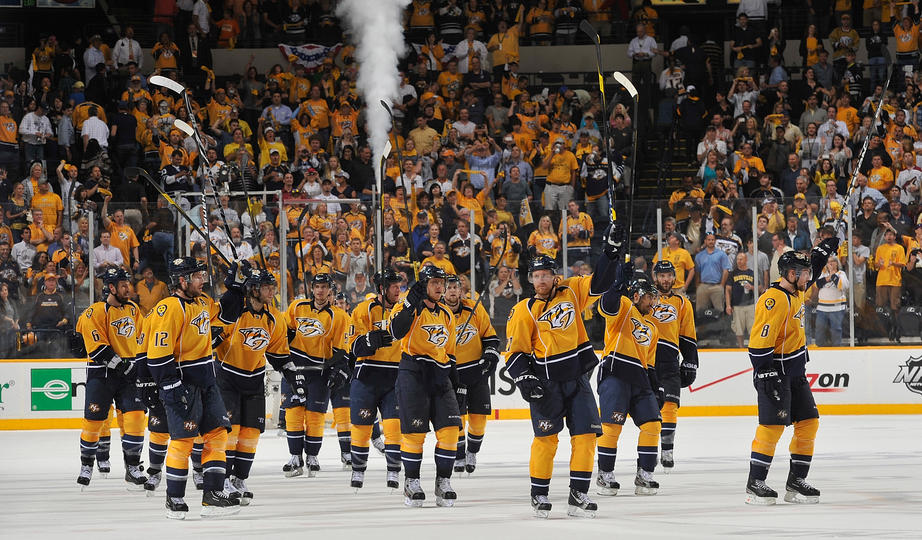As long weekends go, this past Labor Day holiday was particularly unenjoyable for Brewers fans. As Milwaukee’s losing streak stretched to six, the club has slipped behind St. Louis in the NL Central race. In order to stem the recent reverses, GM Doug Melvin pulled off an unusual intradivisional trade at the waiver Trade Deadline. The cavalry coming to the Brewers’ rescue takes the form of hefty right-hander Jonathan Broxton, acquired from Cincinnati in exchange for two players to be named later. Broxton can offer value down the stretch this year, but may become unproductive for next season.
In the short term, snagging Broxton gives Milwaukee’s bullpen much needed depth for the pennant chase. He certainly had a great five months with the Reds, compiling a 1.86 ERA and a WHIP of 1.01. He ranks seventh in the National League with 21 holds. Before the trade, it seemed difficult for the Brewers to trust crucial games to untested relievers like Jeremy Jeffress or even Will Smith. Broxton gives the team experience, as he has pitched in four different postseasons and put together a solid 3.63 October ERA. The 30-year-old Broxton offers Milwaukee a dependable reliever for the upcoming gauntlet.
Despite his positive results, Broxton has displayed some disturbing trends this season. His fastball velocity has dropped down to a career low of 92.8 MPH. This deterioration appears especially worrisome given the fact that Broxton throws his “heater” 76.8% of the time. With only one off-speed pitch, Broxton cannot really afford to lose any juice from his fastball. Further, Broxton does not seem to fool his opponents. Batters have swung at just 28.0% of his pitches out of the strike zone, indicating that Broxton has been unable to make opponents chase unhittable offerings. By comparison, this percentage – Broxton’s career worst – ranks 132nd among big league relievers, tied with the delightfully named Kevin Quackenbush of San Diego. In short, Broxton’s pitches appear to have gotten slower and less deceptive, hardly a winning combination.
Further, many of his underlying statistics support the notion that Broxton’s success has resulted from flukes. An unimpressive 4.27 xFIP belies Broxton’s sterling ERA. In fact, luck appears to have played a significant factor in his success thus far – Broxton’s .221 BABIP and 5.0 HR/FB rate both stand below his career norms. Similarly, he has stranded an unsustainable 87.3% of his base runners, significantly higher than his lifetime percentage of 74.5%. This left-on-base percentage ranks seventh among NL relievers. Ultimately, it appears that Broxton cannot keep up his 2014 success.
Due to these worrisome notes, Broxton’s long-term role for Milwaukee remains uncertain. The Brewers will pay Broxton $9 million in 2015, and his contract has a mutual option for 2016. Since closer Francisco Rodriguez’ deal expires after this year, perhaps Broxton will compete for the ninth-inning duties next season. He has succeeded in the closer role previously, posting 36 saves for the Dodgers in 2009. More recently, he compiled 27 saves in 2012 and has even snagged seven this season. Still, given the likelihood of regression, Broxton does not appear as a trustworthy closer candidate. Perhaps we have already begun to see his decline. Broxton got torched in August to the tune of a 5.23 ERA and 1.74 WHIP. The Brewers must count on Broxton to straighten out for the stretch drive and, hopefully, for the postseason.
Add The Sports Daily to your Google News Feed!
